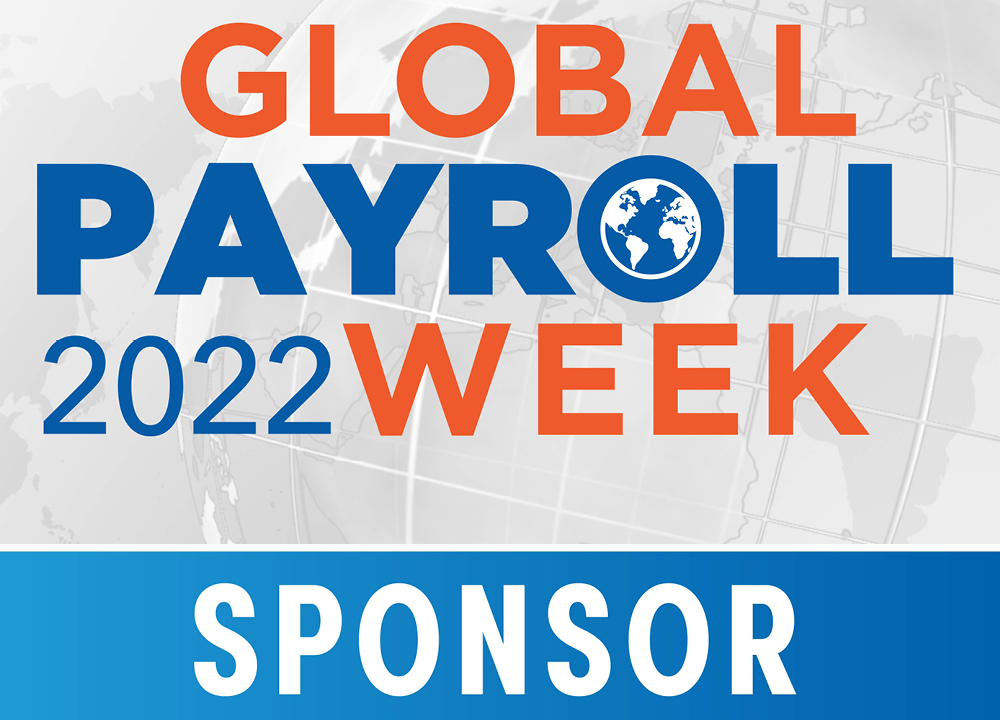The keystone to a successful global payroll delivery framework is the partnership with your chosen payroll vendor.
Like any relationship, its success is dependent on both organizations working together towards a common goal; to deliver compliant payroll to all employees globally on time, accurately and consistently.
To build a truly successful partnership, there are some fundamental elements that need to be in place from inception.
Here’s 3 top tips from our recent webinar” Unlocking a World Class Partnership with your Global Payroll Service Provider”:
1.Preparing for Change
From listening to the past experiences of customers and other organizations, the negative experiences which they’ve encountered have been the result of an unstable partnership foundation.
Many companies often ‘go global’ when they simply just aren’t ready for that approach. The subject of change management and business transformation is critical to success.
Understand your end – to – end payroll process
If a company does not know their end-to-end payroll process intimately and doesn’t know what their target operating model will be, then it’s difficult for any service provider to deliver a successful project.
The key recommendation would be to document your payroll process maps for all locations globally – what does it look like currently and what do you want it to look like? This allows you and your selected service provider to agree a transformation plan aligned to your goals.
Stakeholder involvement
Bringing each country into the discussion and undertaking an assessment can help with the overall framework too – what’s required, what’s currently being delivered and what service is actually being experienced in each of those locations – this can help hugely with trying to understand what will be needed in the global delivery framework.
Involving your stakeholders at a local, regional and global level can help to get buy-in and contribute to a successful change management project.
Getting cross company buy-in can often be one of the biggest challenges that our clients experience – Payroll is no longer a cost-center; when optimized, it brings huge value to a company with accurate data and robust analytics.
With that in mind, when preparing for a new global payroll solution bear in mind that most service providers will now have cloud-based solutions so make sure to involve your IT department from the beginning.
Preparation is critical with IT security – it’s better to involve IT from the get-go to ensure there are no unnecessary delays to your project.
Internal Landscape Assessment
The internal landscape is different in every organization – for example some will have extremely manual processes and no global HR system, while others may have a disparate collection of systems across their global locations with varying levels of integration
You need to understand where your information is held, your processes and your internal systems.
Understanding your single source of truth for payroll processing purposes is hugely important – even knowing where to start in finding out where that information sits can be daunting.
Leverage your service provider’s expertise to answer any questions you may have about undertaking a new project – they will have good advice on best practice and be able to recommend solutions for your company based on their customers’ success.
2.Identifying the Building Blocks for a Successful Partnership
There are some key building blocks to put in place to get the foundations prepared for you and your service provider to build on.
These are the key steps we’ve identified as fundamental building blocks to success.
Preparation
As touched on earlier, the first step is getting your own house in order first.
Once you’ve done this, speak with your service provider and communicate what your internal landscape looks like, and then what your ‘’wish list’’ is, as well as any concerns you may have.
Ask questions – do you need to sacrifice something for one area of your wish list? Can the service provider deliver what you are looking for? Communicate your fears.
Any good service provider in the market will discuss these with you and allay any fears you may have at this point.
Assembling the right team
Unless you are committing the right people to the project, who have a sole focus on payroll, this isn’t going to work.
From our experience, projects have struggled when an organization hasn’t allocated enough resources with the right knowledge and decision-making authority to the project.
If you aren’t getting enough support from the top, and enough resources to adequately support it, your experience won’t be as positive as it should be. A team with a variety of relevant skills who can add tangible value is key.
Preparing your data
Accessing your data can be a challenge especially if you are changing service providers but the people who own the relationship with the service providers are crucial to ensuring that seamless transition.
But if your governance structure is strong and you have a good relationship with the provider then this can be successful.
Use this opportunity to delete out duplications, cleanse your data and even audit it from a GDPR and data security perspective too.
Get I.T. Buy—in
Again, as we touched on previously, the importance of involving I.T. from the beginning is an important step in your project.
Your I.T. department should be involved and be tasked with completing data security due diligence– any service provider will welcome and embrace these conversations at the early stages as it will give them an opportunity to showcase the power of their infrastructure.
Integration of Systems
Where is your single source of truth or your ‘’Holy Grail’?
This can be difficult to identify where it may be or where it’s held.
Try to get to the point of completing a full analysis of your internal system and understand its integration capabilities and limitations
By doing this your putting yourself in a much stronger position for your integration.
Leveraging integration between your HCM and payroll solutions will help to automate and remove a lot of the manual, repetitive tasks in your payroll operation.
3.Finally – Knowing What Good Looks Like
Ultimately good will look different to most organizations.
But based on what we’ve heard from our clients, there are several common factors such as:
- True global oversight – consolidating your data across all global payrolls into a single company currency and view high Gross to Nets and employer costs in a platform such as the Immedis platform.
- Data visualization and variance analysis – identify outliers in your business and business risks, spot errors easily and get answers quickly in real time.
- Integration with HR & Finance – understand what can be achieved and know you will need to invest heavily ahead of time to make this work
- Touchless payroll – Robotic Process Automation (RPA) is fast becoming a fundamental enabler to organizations who want to engage in the latest technology to validate the accuracy of their payroll processing inputs. This is a game-changer for payroll calendars – the Robotic Process Automation used by service providers is setup to expect certain data for each of your countries so if to the outcome is at odds with expected results, it will give you a report back within seconds outlining the anomalies that. A huge enabler in giving you back time on the payroll cycle. RPA does exist, and it is offered by service providers such as Immedis.
- Excellent Service – Putting the service in service providers. Success is simply not possible without your payroll being driven by experts. Dedicated, tax-qualified account managers for ease of communication and feedback is vital for success as well.
- Service Onboarding Governance – this can vary depending on the organization, but the key here is to have an executive sponsor on both sides to ensure there is support available for the strategic direction of the project and to solve any roadblocks. Any project Immedis delivers has executive sponsors and project managers on both sides.





